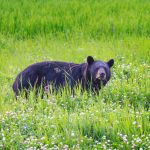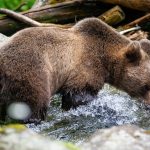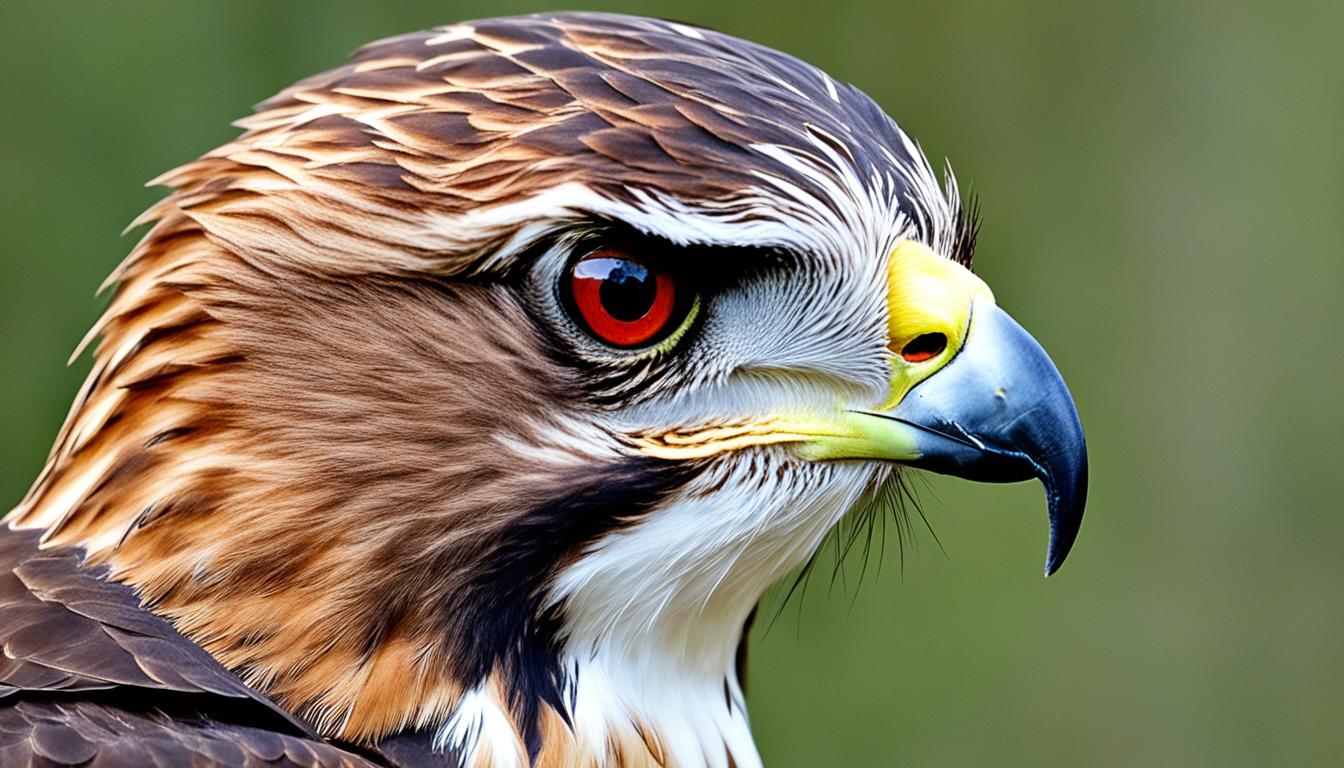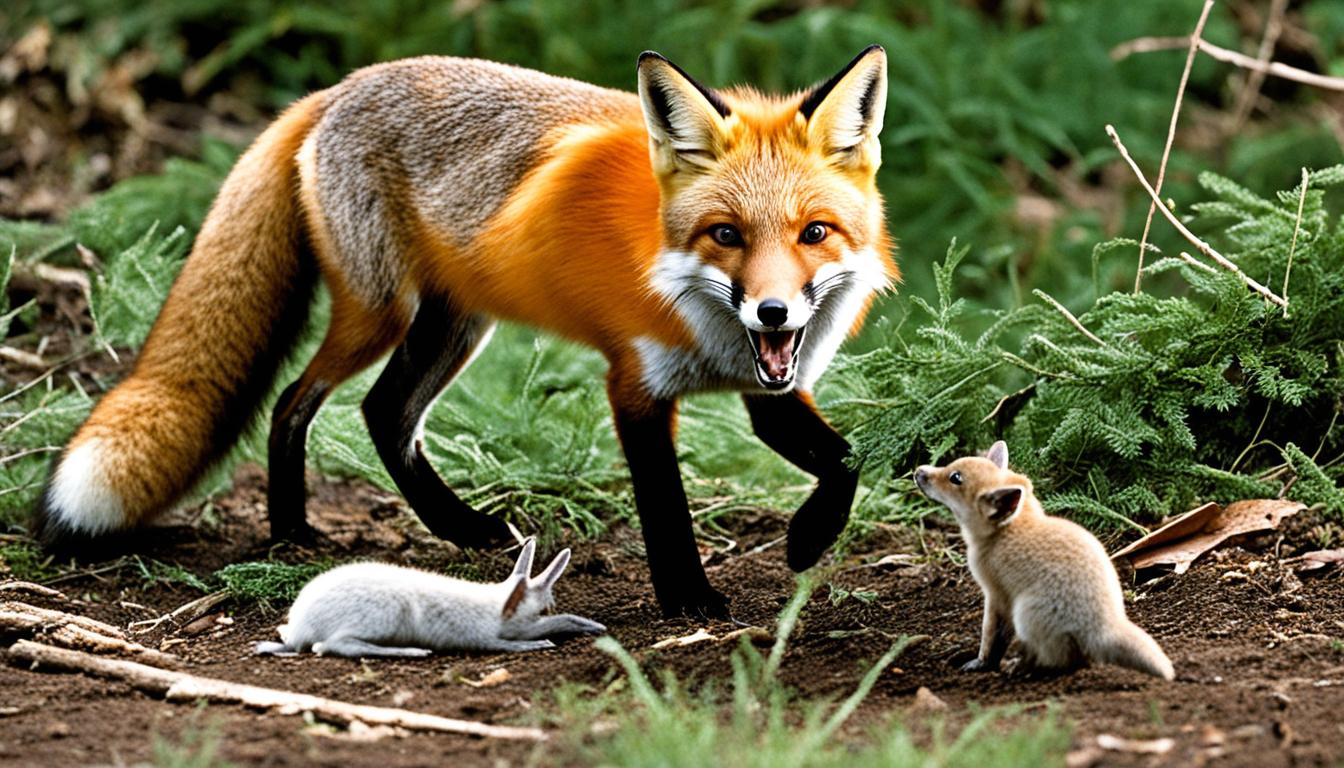Yes, Bears can do whatever they want – and if they want to get over a fence – they will get over a fence. They may not jump it gracefully like a kangaroo though…
How Can A Bear Jump A Fence?
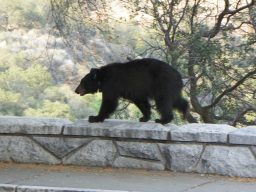
Bears can actually jump quite well – but only in direct relation to their size. They aren’t built for jumping so they can only go so far depending on their age, health, desire, and ability. Just like humans.
Bears are more built for strength than agility – but if they are young, need to get somewhere fast, and come across a small fence – they could easily clear it. If they weren’t in such a hurry – or weren’t quite as young – they would most likely just flatten it instead.
They generally have no real need to jump over something that won’t really stand in their way. Jumping takes a lot of energy, planning, and coordination in a biological sense – flattening a flimsy fence panel doesn’t. So, just like us humans opening a gate in the fence instead of leaping high into the air, bears go for the easy option.
Quite often, if bears use a regular route and there are fences in the way – they often take a bit of time out of their day to dismantle the fence posts. That way, when they next come past – there won’t be a fence to jump anyway?
Here below are 2 videos of bears climbing different types of fences.
How High Can A Bear Jump?
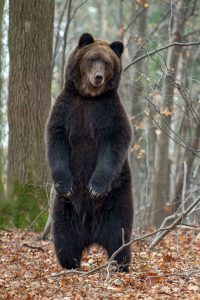
When bears do need to jump – it is usually for food up a tree – rather than to get from one field to another. Or when they are being chased and end up cornered.
Either way – don’t underestimate the height they can reach – because of course, bears can stand on their hind legs too. This is why it is recommended to hide food up in trees at around or above 10ft. Bears can easily be 8ft tall standing upright with their arms up – but they can’t jump on their back legs. They just don’t have the strength. And they certainly can’t leap up at a run and fly through the air either.
This kind of limits them with the whole fence jumping problem. If they can’t reach 10ft high – and they are already around 3-4ft high at the shoulder – that kind of limits the height they can actually jump unaided to no more than 4ft in reality for most bears. Although they can leap further than that horizontally for sure.
Polar Bears, however, may well clear 6ft in height when leaping between ice floes mainly because they are just so big – males can be over 5ft tall just at the shoulder! One specimen caught was measured at over 11ft when standing – so maybe you should tie your food a bit higher up than Arctic tree?
Do Bears Climb Walls Too?
Absolutely. If a bear needs to get from where it is to some place on the other side of a wall, they will give it a go. Most bears are very good at climbing, and have the claws to do so. If a wall has footholds, then this isn’t going to be a problem.
If climbing pine trees doesn’t stop a 300lb bear – a small wall won’t? Remember, these guys scale loose-rock mountains searching for food, cross rivers and climb out of deep gullies – a 5ft wall isn’t an issue. Yes, they might try to walk around it if they can – but if their path is taking them onwards- then onwards they will go.
They can even scale simple wire fences spanning 8ft of more – even those topped with barbed wire. The flimsy fence doesn’t usually come off too well – but the bear – with care and attention to detail – gets over easy.
Article: Do All Bears Climb Trees?
Can Elephants Jump Over Fences?
Curious minds often wonder: can elephants jump over fences? According to a fascinating can elephants jump article, the sheer size and weight of these majestic creatures make it virtually impossible for them to execute this feat. Despite their impressive strength, elephants are just not anatomically designed to perform vertical jumps.
Can Bears Hop?
No. Bears are mainly four-legged – and standing on two legs is really a novelty moment for them. They can use two legs to view into the distance; size up an enemy, or steal your lunch from up that tree of course – but one leg – no way.
Hopping is very stressful on the joints as it is: but for a bear – it would be all but impossible to actually bounce on that one leg. They may well stand on one leg temporarily – but it won’t last.
Hopping is a total no for most mammals really – there just isn’t any call for it in nature. Although it would sure be amazing to see?



